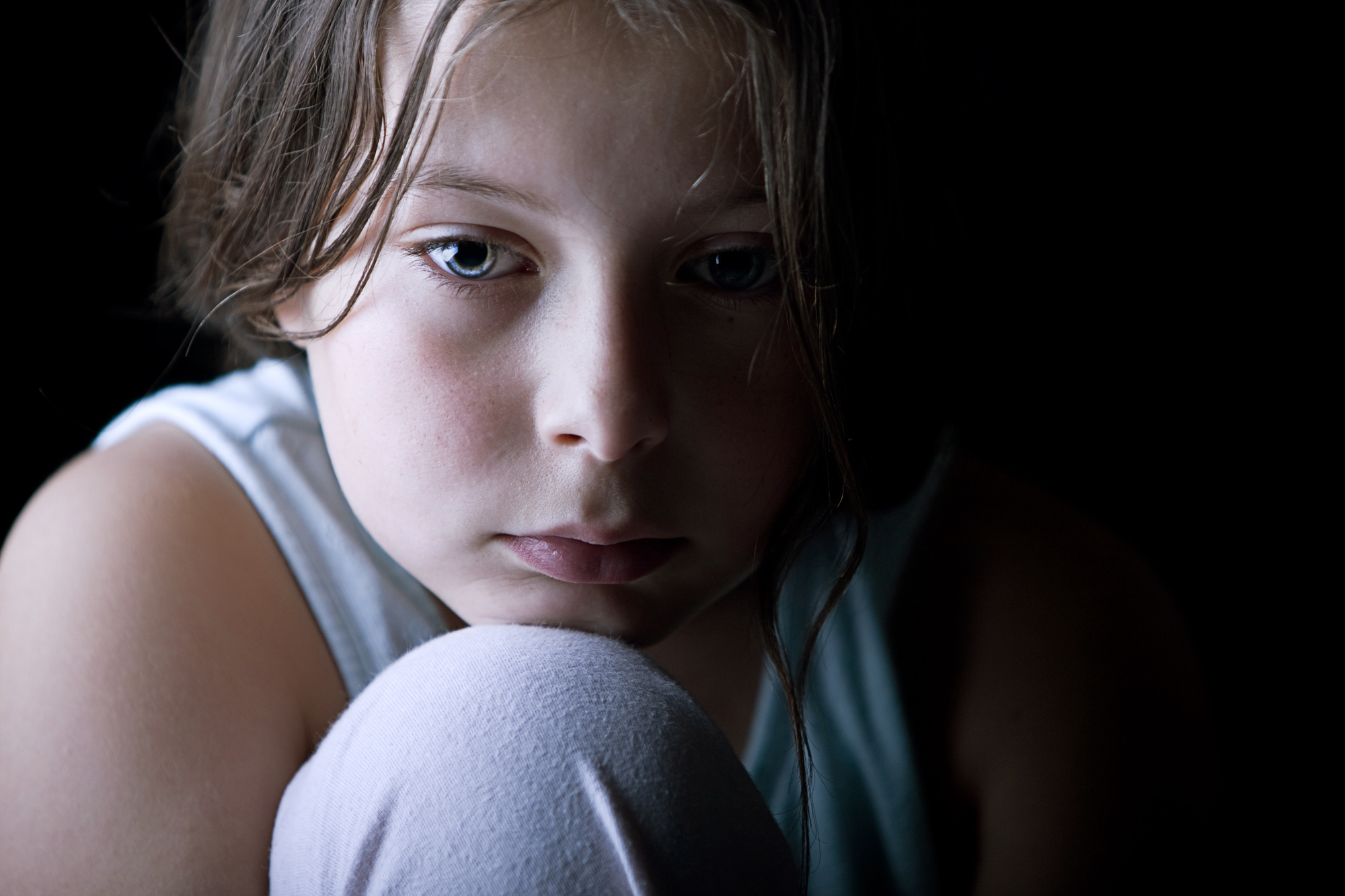Grooming is when a person engages in predatory conduct and behaviours to prepare a child or young person for sexual activity at a later time by gaining their trust and/or compliance.
Grooming encompasses all activity/behaviours from communicating and befriending of a child, the establishment of a relationship or other emotional connection with the child, parent or caregiver all the way until they sexually abuse the child.
In my career I saw the grooming of children many, many times over by people known to a child. They always used similar/same steps in grooming a child regardless if the child was related to them or that of other families.
Why does it happen?
The purpose of grooming is to enable the perpetrator unrestricted access to a child in order to abuse them and to keep the parents/caregivers unawares of the abuse.
Grooming is not just used by child sex offenders or perpetrators of child sexual abuse and is seen also in the grooming of partners/women in domestic violence relationships.
-
Find & target a victim
Children with lack of support, lack of friends, lack of education etc.
Children with parents who are separated, split families, addiction, mental health issues in the home have a higher risk of abuse
-
Gaining the victim’s trust
If someone from the child’s family is the groomer/abuser, they won’t need to gain trust as it is usually already ingratiated into the relationship.
Between this stage and the next stage, will determine if the abuser will continue grooming the child due to their knowledge of what is going on and their willingness to accept the groomer’s suggestions/grooming.
-
Filling a need
Babysitting, coaching, tutoring, special trips, taxiing them places to make the child feel indebted, grateful or appreciative for the special treatment and help.
-
Isolating the child
Finds ways to get them increasingly 1 on 1.
Will encourage the child to increase reliance on them and say things like ‘if anyone finds out we won’t be able to spend time together anymore’.
Will try to distance them from their support networks such as family and friends by suggesting that they don’t need them and they don’t understand the child.
-
Sexualising the relationship
Depending on the age and willingness of the child this can happen early or take time.
They will talk in a sexual way to the child, make sexual jokes, innuendos, increase their curiosity towards sex. Can also include sharing of pornography or sexualised images.
Will most likely happen on private messages or private chats on an app today.
-
Maintaining control
Child might try to withdraw or share concerns with the abuser.
Will use power over the child to manipulate, blame ‘you wanted it’, ‘I was only giving you what you wanted’ or ‘no one will believe you’.
Uses anything they can to get the child to remain quiet and not disclose. Threats to them, their families, threats of sharing any images or discussions, bribery.
In some cases, will push a child to provide more photos, details.
NOTE: Even when a child willingly goes into a relationship with the groomer, regardless of the age under 16yo or 18yo if you are in a position of authority, there is a power imbalance, the groomer has trained/groomed the child to believe they want what the abuser is giving them or wanting.
Grooming is a pre-cursor to abuse and does not follow a specific timeline. It can go fast or slow and the more a person, adult, parent, family or child knows about this behaviour, the easier it is for them to identify and speak to a trusted adult or seek help.
Ignorance and innocence of this allow a perpetrator to abuse victims, amongst other key factors.
Check out our social media for more in-depth information and advice or grab yourself a copy of Kristi’s book, Operation KidSafe – a detective’s guide to child abuse prevention.









